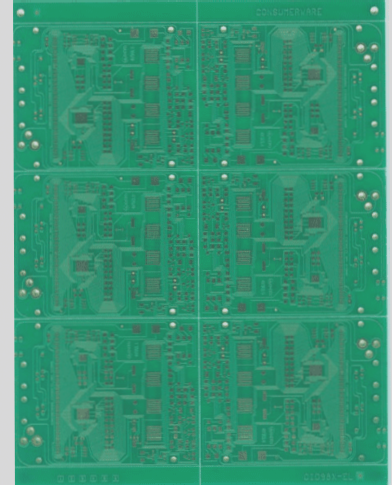Surface Mount Technology (SMT) Revolutionizing Electronic Component Integration
As electronic products continue to shrink in size and weight, the demand for integrated and miniaturized electronic components is on the rise. Traditional through-hole mounting technology (THT) is no longer sufficient to meet these evolving needs, paving the way for the emergence of surface mount technology (SMT).
The Comprehensive World of SMT
SMT encompasses a wide range of components and devices, including surface mount components (SMC), surface mount devices (SMD), and surface mount printed circuit boards (SMB). These elements collectively define modern PCB technology, incorporating mixed PCBs, dispensing, paste coating, surface mount equipment, component pick-and-place systems, soldering, and online testing.

Enhancing High-Frequency Performance
SMC and SMD play a crucial role in reducing parasitic capacitance and inductance between leads, thereby minimizing electromagnetic interference (EMI) and radio frequency interference (RFI) while enhancing high-frequency characteristics. These components are extensively used in satellite communication products like low-noise down-frequency amplifiers (LNB) for ground-based satellite signal reception.
Challenges of Thin PCBs in High-Frequency Applications
High-frequency PCBs demand specific electrical constants, with the substrate’s electrical constant (X) typically needing to be below 2.5 for circuits operating below 109Hz. However, the X value is influenced by both material properties and the level of reinforcing materials. Excessive reinforcement can compromise the mechanical strength of ultra-thin PCBs, making them prone to breakage.
Overcoming Fragility in Thin PCBs
Addressing the fragility of thin PCBs in high-frequency applications during surface mount production is crucial for efficient mass production. Practical insights and methods are essential to ensure the reliability and durability of these delicate PCBs.
Key Stages in Surface Mount Process
The surface mount process involves solder paste application, component placement, and soldering. In mass production, solder paste application is typically automated, with secure fixation of PCBs being vital for precise coating and component placement.
Considerations for Thin PCBs
When dealing with thin and fragile PCBs, caution must be exercised during solder paste application to prevent unintended bulging and breakage. Proper fixation methods, such as vacuum suction, are essential to ensure even solder paste coating and maintain the integrity of the PCBs.


